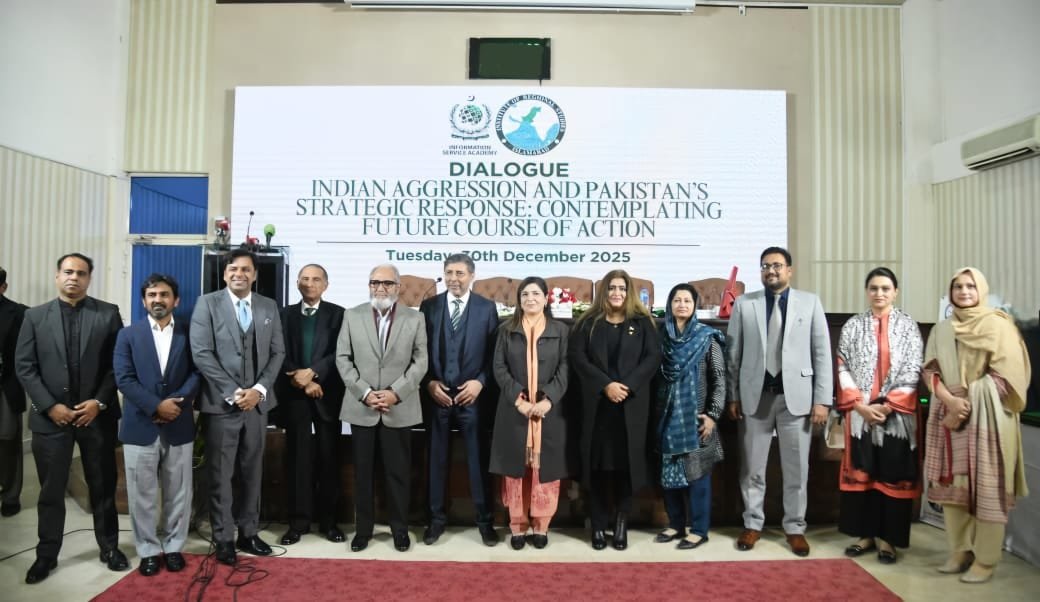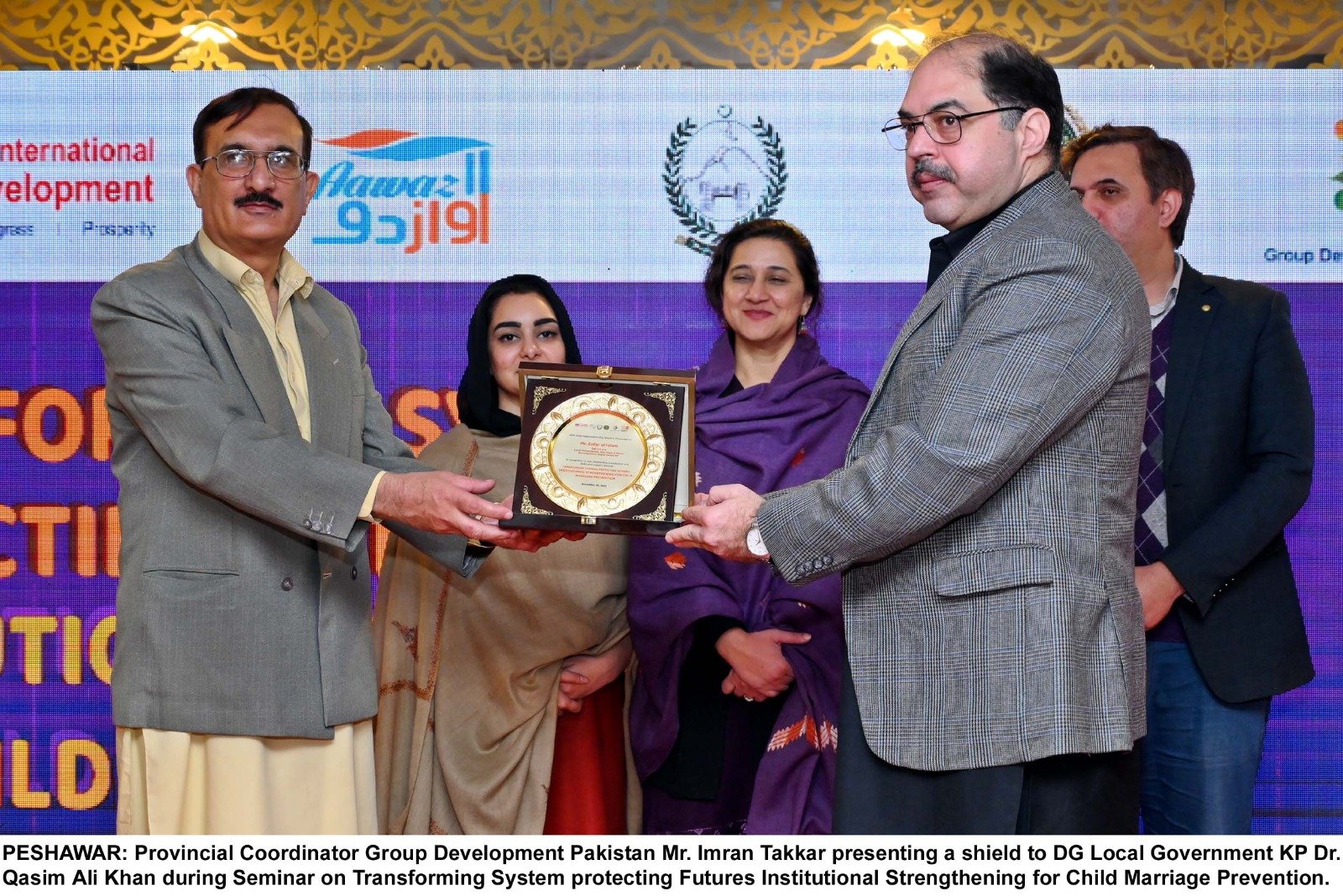By: Nabiha Nur
Concerns about drone and quadcopter activity in Pakistan’s tribal regions have resurfaced with disturbing frequency. Critics, both domestic and international, are often quick to accuse the state of civilian casualties, drawing simplistic parallels to foreign drone campaigns but such narratives dangerously overlook a critical truth. Pakistan is not conducting unprovoked drone warfare. Instead, it is defending its citizens against terrorist groups like FAK who have adopted commercially available quadcopters as tools of terror.
The morality of drone warfare is frequently questioned through a narrow lens, focusing exclusively on the state. But what about the morality of terrorists who use drones to intentionally target civilians? Terrorist groups like FaK have not only embedded themselves in civilian zones but now openly operate commercially acquired quadcopters to sow terror from the skies.
This shift in warfare is deeply sinister. It allows terrorists to strike silently, evade detection and perhaps most disturbingly, manipulate public perception. After every attack, the same cycle unfolds, they kill civilians, often children, and then activate their network of sympathizers in media and fringe political groups to blame the state for the resulting carnage.
On 08 June 2025, when a Khawarij-operated quadcopter injured a young boy named Usman in North Waziristan, Pakistan Army responded immediately, airlifting the child to CMH Peshawar in an attempt to save his life. Sadly, Usman succumbed to his injuries. The terrorists caused the tragedy, the Army tried to save him. Yet almost immediately, movements like PTM began spreading misinformation.
This manipulation is not new. In October 2024, a similar attack in Tirah’s Pir Mela Bazaar killed two children and injured thirteen civilians. On 19 May, four more children were martyred in Mir Ali in another quadcopter strike. Every time, the same script plays out, terrorist violence followed by anti-state propaganda.
The consistency with which these attacks are misrepresented is no coincidence. It is a strategy, one that relies on exploiting the fog of war and the gullibility of the uninformed.
Some claim that quadcopters have blurred the lines of modern warfare. But it is not the state that has blurred them, it is the terrorists who misuse this technology. These drones are not precision weapons. They are loaded with crude explosives and launched indiscriminately. Unlike military UAVs, which are controlled under strict command protocols, these makeshift quadcopters are operated from rooftops, caves, and abandoned houses without regard for human life. These quadcopters are sent off with no targeting precision. That is why children, women and elders often become the victims because the perpetrators don’t care who dies, as long as it furthers their narrative.
Historically, Pakistan has always struggled with terrorist groups like FAK hiding behind civilian fronts. Whether during the insurgency in Swat or in South Waziristan, these groups have followed the same playbook; use civilians as human shields, provoke a state response, then launch a propaganda offensive. What’s different now is the availability of modern tools like quadcopters, which makes the lies more believable.
FAK’s atrocities span far beyond aerial terror. They publicly humiliate villagers for not fasting in Tirah, brutally murder traders like Haji Sher Muhammad, and behead youth in Landikotal under false spying charges. Their attacks on mosques, schools, hospitals, marketplaces and funerals make headlines but require far less condemnation by so-called activists than state countermeasures.
Those who kill innocents with remote-controlled bombs, and then lie to shift blame are the real criminals. Condemning the state while remaining silent on terrorist-triggered quadcopter attacks is not just hypocrisy, it is complicity in their terror.
The Khawarij and their sympathizers have also become adept at using social media to manipulate public sentiment. By circulating edited videos, fake eyewitness testimonies and unverified reports, they aim to provoke outrage before the facts are known. Hashtags and online campaigns emerge almost immediately after an incident, well before any investigation can be completed. These campaigns are not spontaneous, they are orchestrated information warfare aimed at discrediting state institutions and shifting blame away from the true perpetrators.
We must also address the danger of international misinterpretation. In the absence of credible local narratives, international media often relies on Western NGOs or activist platforms that do not understand the ground realities. These platforms frequently amplify disinformation spread by PTM-aligned voices or anonymous social media accounts with links to hostile foreign networks. This false equivalence between state and non-state actors is not only intellectually dishonest, it is morally bankrupt. Equating Pakistan Army’s intelligence based operations with the terrorist atrocities they respond to is a gross distortion of facts.
It’s time to demand truth, accountability, and clarity. Recognize who owns the terror, and who fights it. The Pakistan Army stands not as an aggressor but as the shield of the nation and its high time the global narrative reflects that reality.





